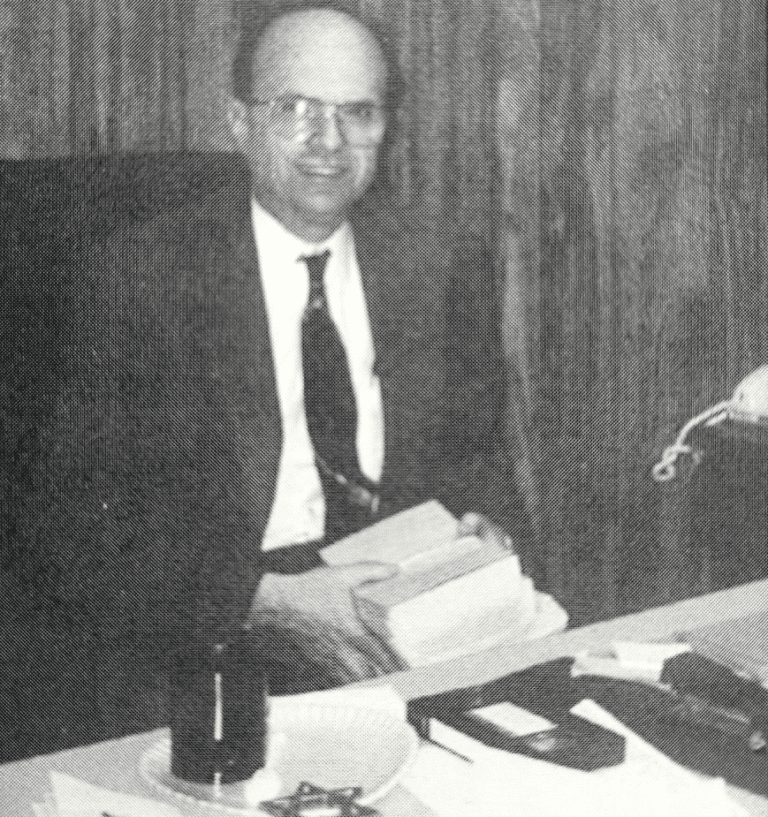When a child or an adult has healthy self-esteem, they know that there’s nothing in the world that anybody could ever say or do that could change their value. Their value does not depend on anything external.
There are three different levels of self-esteem.
Lowest Level: “I am not valuable.” Oftentimes, those are people who end up in very difficult adult relationships, and struggle with overall success, and with their emotions.
Middle Level: A feeling of – my value depends on something. I’m valuable IF…If I look a certain way, If I get certain grades, If I behave a certain way….
Highest and Healthiest Level: Having full knowledge that every human being is tremendously valuable. Notice I didn’t say, “I am” tremendously valuable. We don’t want people to think that some people are more valuable than others, because that creates insecurity.
We want our children to understand that a human being is an indescribably amazing and valuable creation. We all have the ability to give, to think, to bring joy to the world, and to love.
Maintaining One’s Intrinsic Value
A metaphor that I give to kids is this: let’s say I look at a couch and I tell the couch, “You are a tree.” Is the couch going to turn into a tree? No. How about if I scream, “You’re a tree!” No. How about if 27 people scream, “You’re a tree!”? No. There’s nothing anyone could ever say or do to turn that couch into a tree.
Kids could be mean to you in class and it hurts. But that’s never going to change who you are.
Something we can do to help children internalize their value is to expect that mistakes are a part of their journey. And expect them to have very big feelings.
When we get upset with our children for having very strong feelings, it is as if we’re getting upset at a house for having a door. Human beings are expected to have big feelings, so when your kids are carrying on or having a temper tantrum, and you’re thinking, “Oh my goodness, I have to change this,” realize that they will see the worry on your face, and then they start to believe that they are a problem, and that they are losing value.
When your kids are having very strong feelings, you don’t have to do anything. You love them, so you want to be there with them. If they’re hurting somebody, you want to separate them or use a stop strategy, but you don’t need to get nervous and wonder what’s going on.
How to Feel Your Own Value
Another component of self-esteem is enjoying the gift of actually feeling your value.
That comes to us when we affect the world around us in a positive way. So, let’s say, for example, you cook a great meal. Of course, you don’t make the meal because you expect anyone to comment about it. But if someone does comment about it or if someone does enjoy it, you get to feel good about your value, right? But it doesn’t mean that you became more valuable.
It just meant you got to experience the feeling of being valued. You feel, “I am making an impact on someone in my world.” All people need to feel like they are contributing to the world, like they’re making the world a better place, like they’re needed, like they’re important. Sometimes parents will ask me, “What should I do? My child is really suffering from very low self-esteem and I haven’t really found anything yet that they’re so really great at.”
Bolstering Our Kids
What I tell parents at that point is that they have to think really, really hard, because there’s no such thing as a person that doesn’t have their own unique set of gifts. Everyone has a unique set of gifts and challenges. You have to find, and you have to create an opportunity for your child to affect the world around them.
Make sure your children know that their value is inherent and they can make use of their unique gifts (which they do have!). Then they can enjoy healthy self-esteem and accomplish great things.












